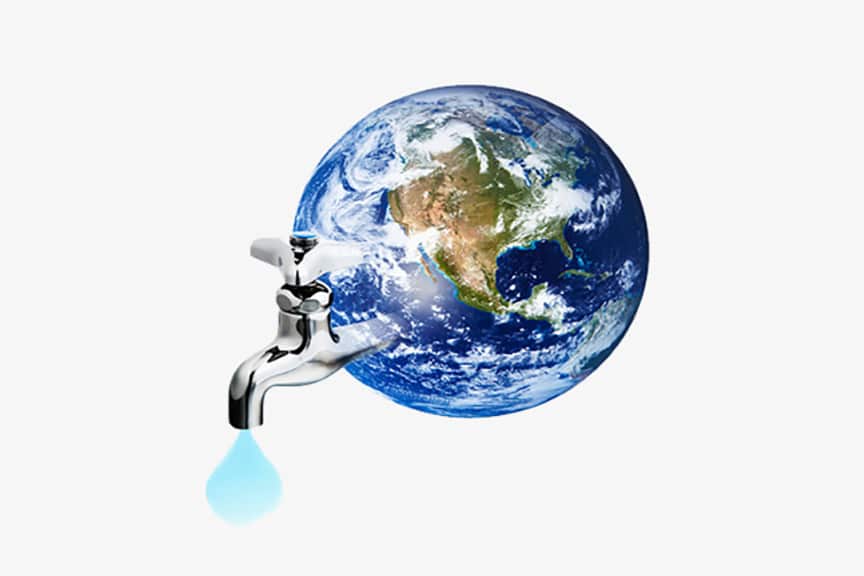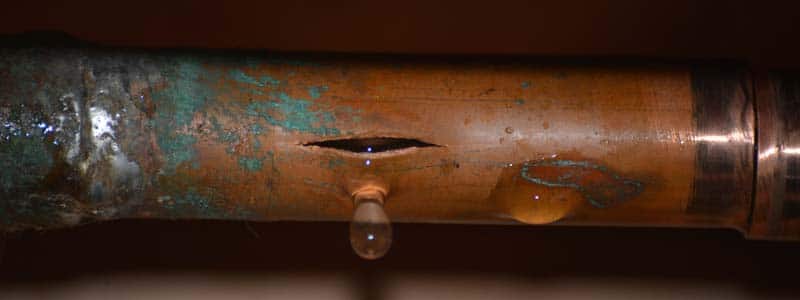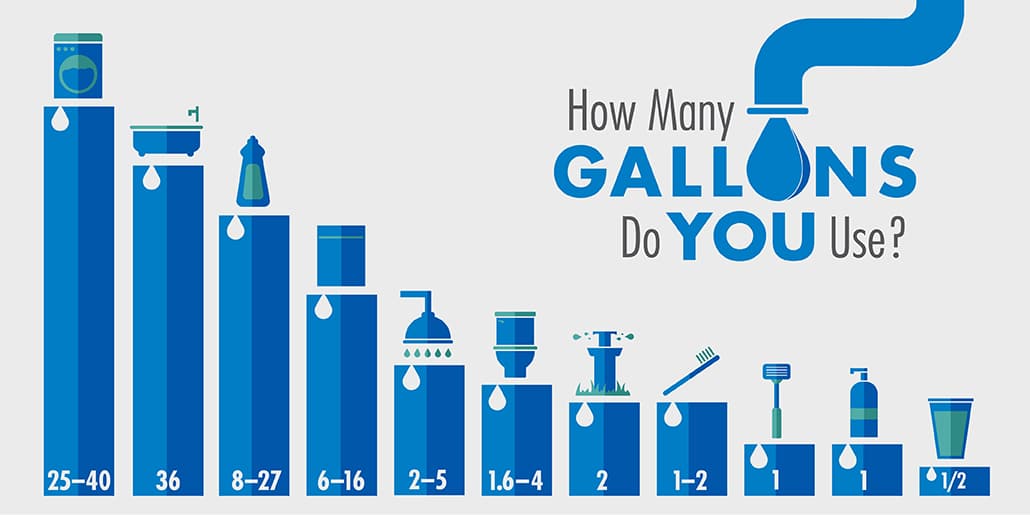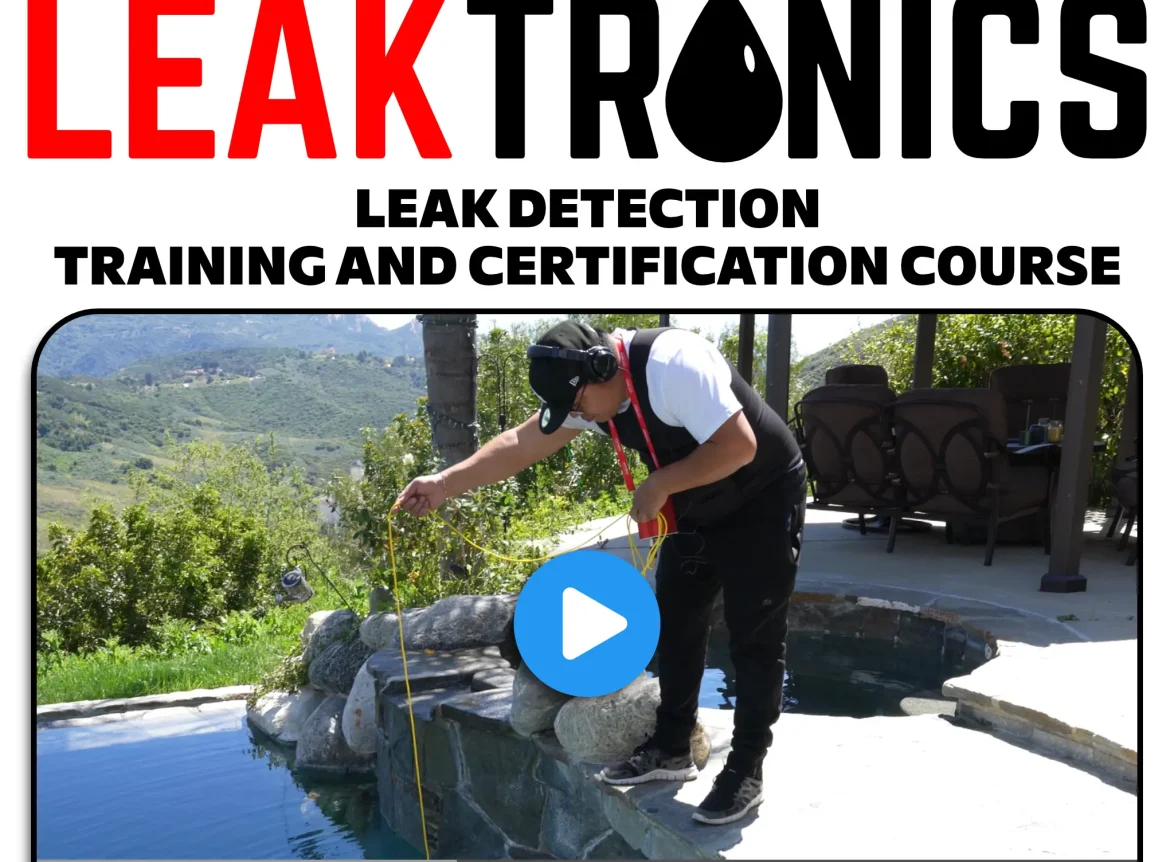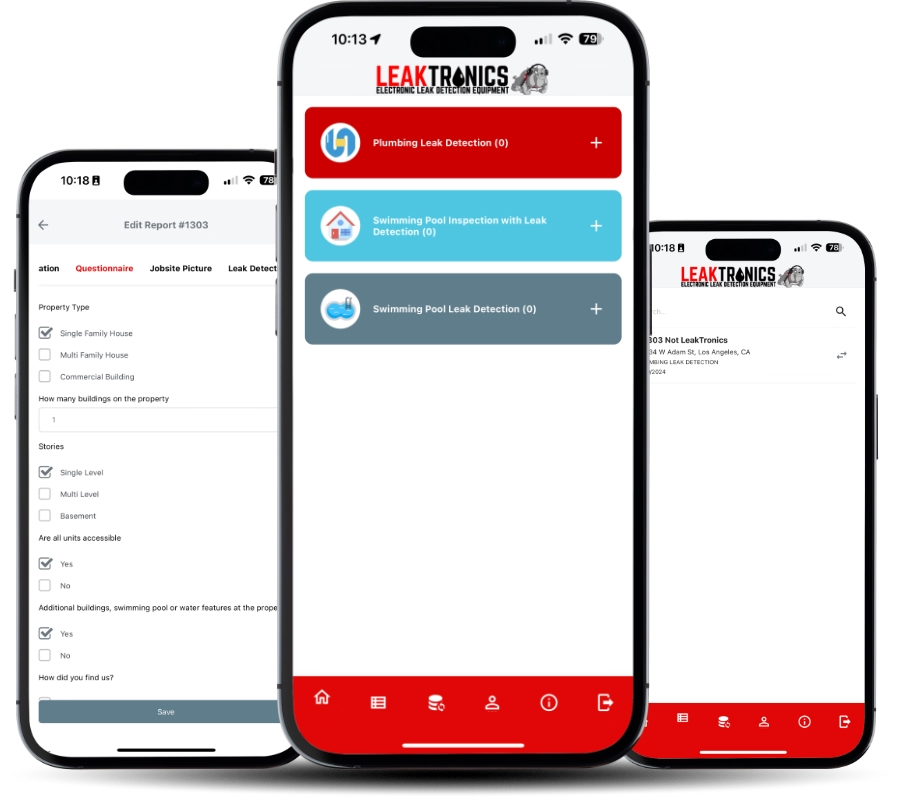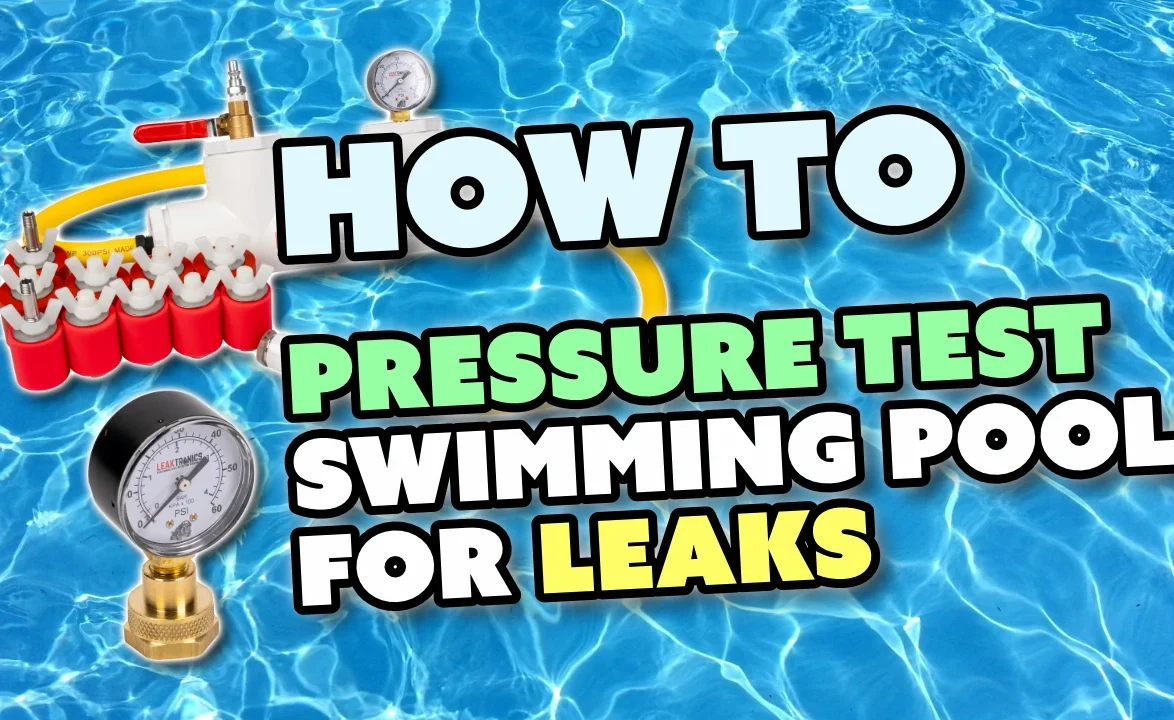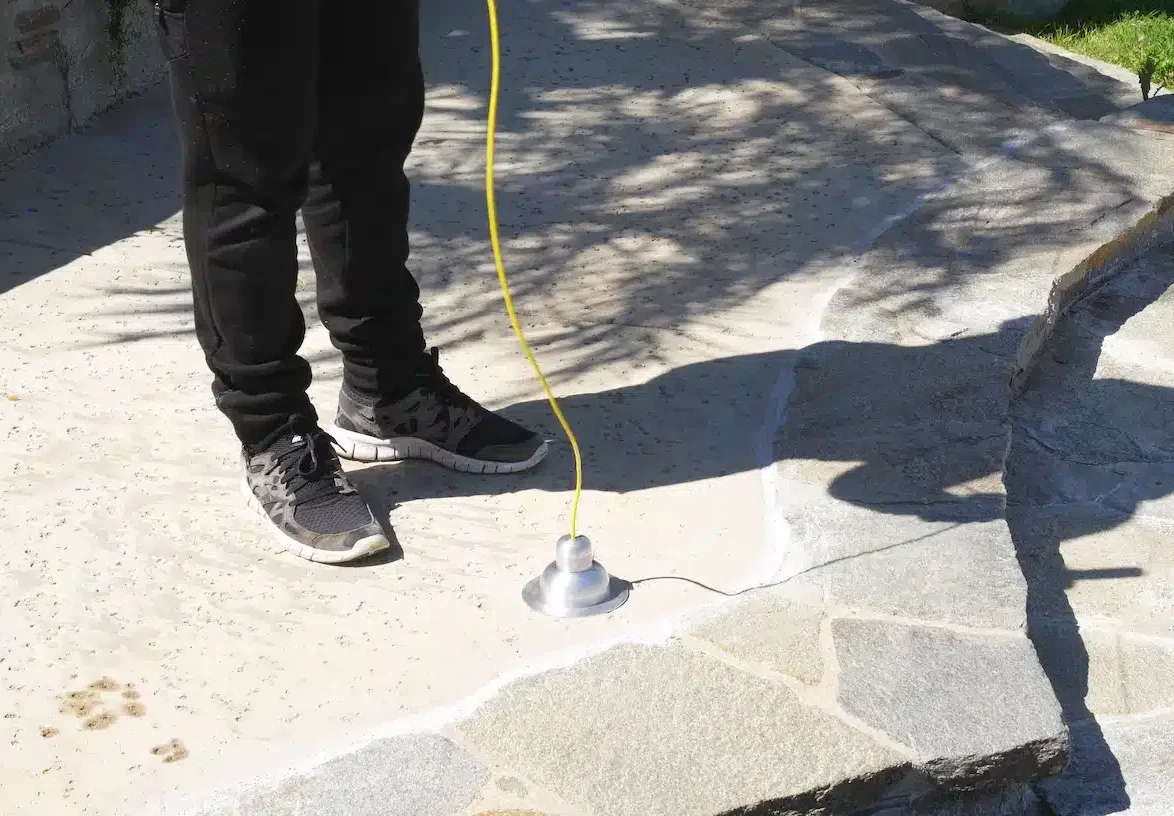Unidentified leaks in the home, around pools and in irrigation lines are costing homeowners money and wasting valuable water. To start reversing that, here are a few things you can do each month.
Inspect the area outside your home for leaks, looking for signs like:
– Dripping taps. Turn them tightly shut.
– Damp spots on paving or walls. This means water is coming from somewhere. Find out where.
– Leaks in hoses, or at the spigot where the hose is connected. A simple rubber grommet can solve this problem with a tighter connection.
– Leaks or damage to your sprinkler heads or irrigation systems. Sprinkler heads get kicked all the time, and a broken pipe just under the grass level will cause a more than substantial leak.
– Damp spots on soil where water tends to pool or never dries. This means there’s a consistent leak creating that puddle.
– Sunken ground or eroded areas. A separated irrigation pipe costs vast amounts of water loss.
– Mold or rot. This is typical of a slow seeping leak. The visual damage you see means it’s been leaking for a long time. Stop that leak and repair the damage before it gets worse.
Take a look at your water/utilities bill. Has there been a sudden increase? This is a virtual guarantee that you have a leak. The average cost of a gallon of water seems like a measly $00.00295, but it adds up fast with a leak. If you can see a new increase in your utility bill, it’s more than obvious that thousands of gallons of water is leaking somewhere. Check this out.
A 4mm hole in a metal pipe, at 39 psi, leaks around 2500 gallons of water in 24 hours. That’s closing in on $8 a day, $56 a week, $224 a month, and when you get that two month utility bill, you’ll see $448 increase. That’s more than substantial – but what’s better is that it’s repairable.
So envision this. A leak the size of a pinhead can waste 8,285,161 gallons of water annually. That’s enough to fill 12,000 bathtubs to the overflow mark. That’s an astounding $24,000 a year – or more! Now realistically, no-one is letting a leak run for a year; of course, the sooner you find the leak, the faster you’re going to stop those rising expenses.
Here are a few other leaking statistics:
– A leaking toilet can use 90,000 gallons of water in 30 days.
– A dripping tap can lose up to 180 gallons in a month or 2200 gallons per year.
– A safe approximation shows that 1 in every 20 pools has a leak right now!
– Approximately 1 in every 300 homes or buildings has a substantial leak right now!
– A typical toilet leak at today’s rate can add $8 a day to a single water bill.
– One trip through a car wash uses 150 gallons of drinking water – whoa!
– Collecting water from the tap while waiting for hot water can offer about 250 gallons of water a month that you can use for potted plants around the home.
– Even using a broom to clean the driveway, instead of a hose, saves 150 gallons of water on average.
– Spending 3 minutes less under a shower can rescue almost 3500 gallons of water a year per person in the home.
The average American home uses over 57,000 gallons of drinkable water annually per person! Between flushing toilets, taking showers, cooking and recreational use – the ironic part is that only about 1% of that water is used for actual drinking.
Stopping leaks and reducing a little recreational use can reverse the world water loss rate in an extremely effective way if we all take part.
Leaking swimming pools are rarely, if ever, covered by homeowner’s insurance. Fixing leaks, and stopping the waste of water expense is up to you! Normally pools see ¼ – ½ inch loss of water per day due to evaporation. This is roughly 2 – 4 inches per week. For a normal sized pool, a loss of 25,000 to 50,000 gallons is the normal average. If that loss is measurable at 2-4 inches day – you’re going to be paying astronomical bills with a leak that can most easily be stopped with a little effort. How much are you losing?
When the pool is filled, make a pencil line mark on the grout between two tiles at the top of the water level. In 24 hours, use a ruler to measure the drop in the water level. Take a second measurement in another 24 hours. Divide the total loss by 2 and see what your daily water loss amounts to. If you’re losing more than an inch a day, call a leak detection specialist and get your pool checked. We’ve got plenty to call atwww.leakprofessional.com.
On average, a proper leak detection is between $150 and $400, depending on what is being checked. This is less than the cost of what you’ll spend on your utility bill by letting that leak continue to run. The long term earthly water loss is irreversible however. A simple leak detection will stop that loss.
At LeakTronics, we do more than manufacture the most innovative and accurate leak detection equipment on the plant – we care about water loss and the long term effects on the global environment. More than 20 percent of the planet doesn’t have access to clean drinking water, and wasting that water elsewhere isn’t helping to solve that problem. We have the same available water sources on our planet that your average tyrannosaurus rex had a billion years ago – but there are billions more of us using that water today. We need to reduce water waste.
You can learn more about reducing water waste by simply going online and typing in “how to become Waterwise.” It’s a good half hour spent to see what you can do personally.
Learn more about LeakTronics leak detection equipment, training and business start-up potential by visiting www.leaktronics.com or by calling 818-436-2953 to ask about or online training and equipment to launch your career.

